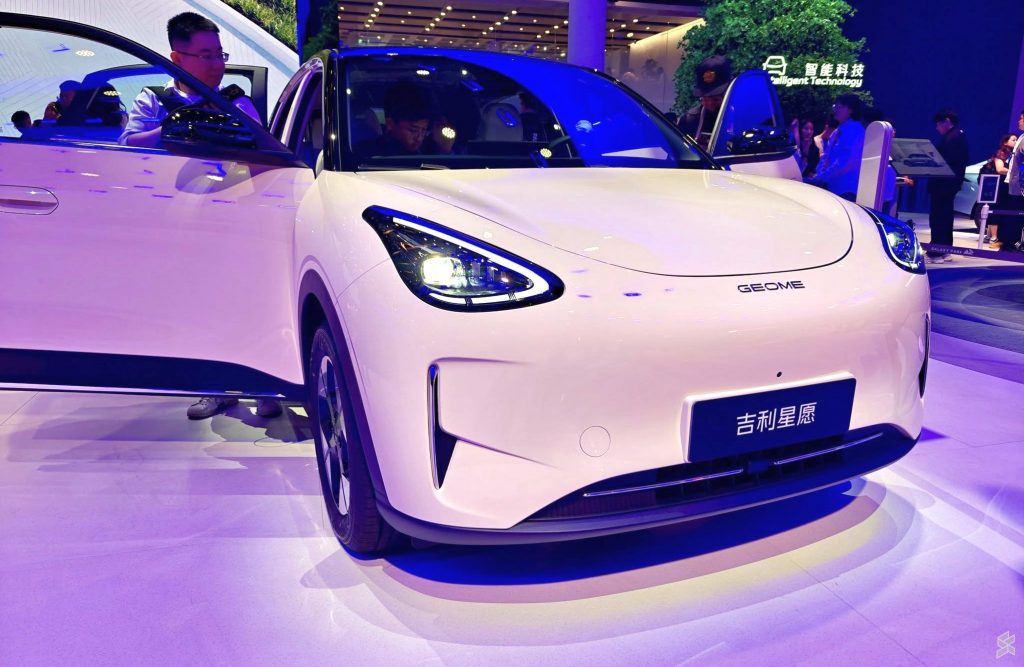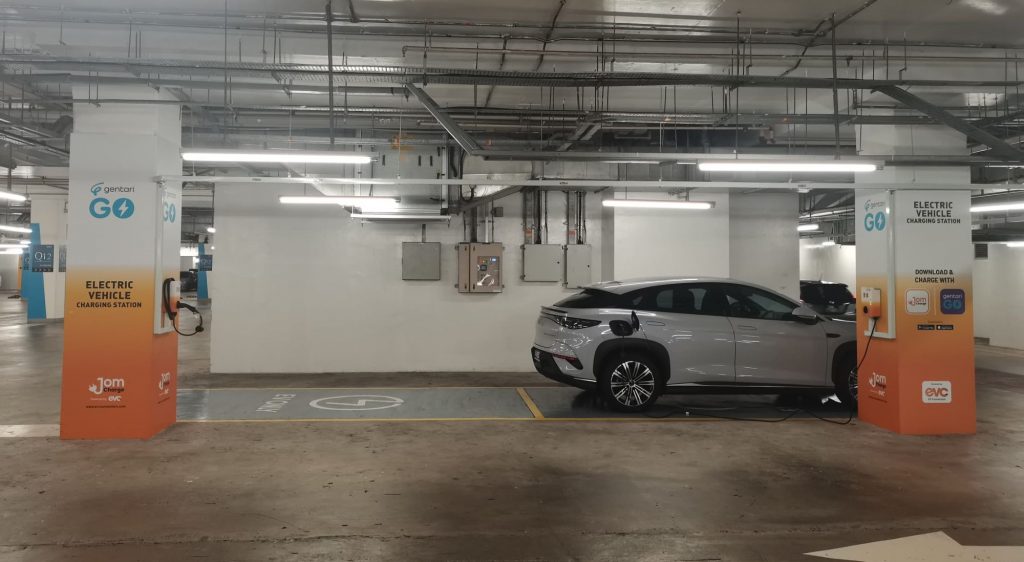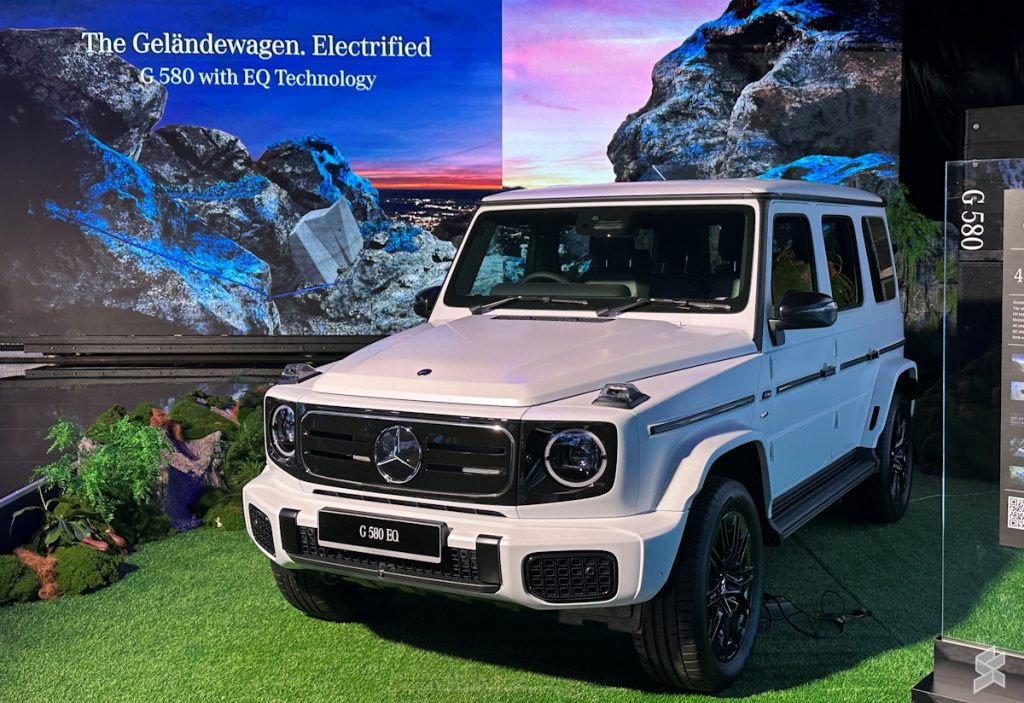Proton’s foray into the electric vehicle (EV) segment with the e.MAS 7 wasn’t just a toe-dip into the electrified waters—it was a cannonball. Four months as the best-selling EV in Malaysia later, Proton has signalled it’s serious about taking EVs mainstream. And now, a second act is brewing.
Rumoured to arrive as the Proton e.MAS 5, the Geome Xingyuan is a compact electric hatchback from Geely’s sub-brand, and it’s shaping up to be a game-changer.
Expectations are high for Proton to get the pricing of the e.MAS 5 right and if they do (launched at around RM80,000), it would be the first new EV priced below RM90k in Malaysia, effectively kicking the door open for EV mass adoption.
Familiar Territory, Unfamiliar Times
Launching a new car for the masses…Proton has been here before. The Saga, launched in 1985, wasn’t just Malaysia’s first national car, it was a symbol of national pride, it gave birth to our car culture, our love for the open road and empowerment through mobility.
The Proton Saga played a pivotal role in catalysing Malaysia’s automotive industry. Designed to be affordable and reliable, it made car ownership accessible to a broader segment of the Malaysian population. For many Malaysians, in that generation, the Saga was their first car, the first time they took their family out together, the first time they went balik kampung without taking a bus, the first time they felt the freedom of the open road and enjoyed the simple joy of simply driving.
It has been 40 years since and obviously times have changed but…the feeling is familiar. If Proton gets this right, the e.MAS 5 will pave the way for a new generation of first time car owners, this time an EV, and their many, many firsts experiences. The stakes are definitely high for them to get this right.
Geome: Geely’s “People’s EV” Brand
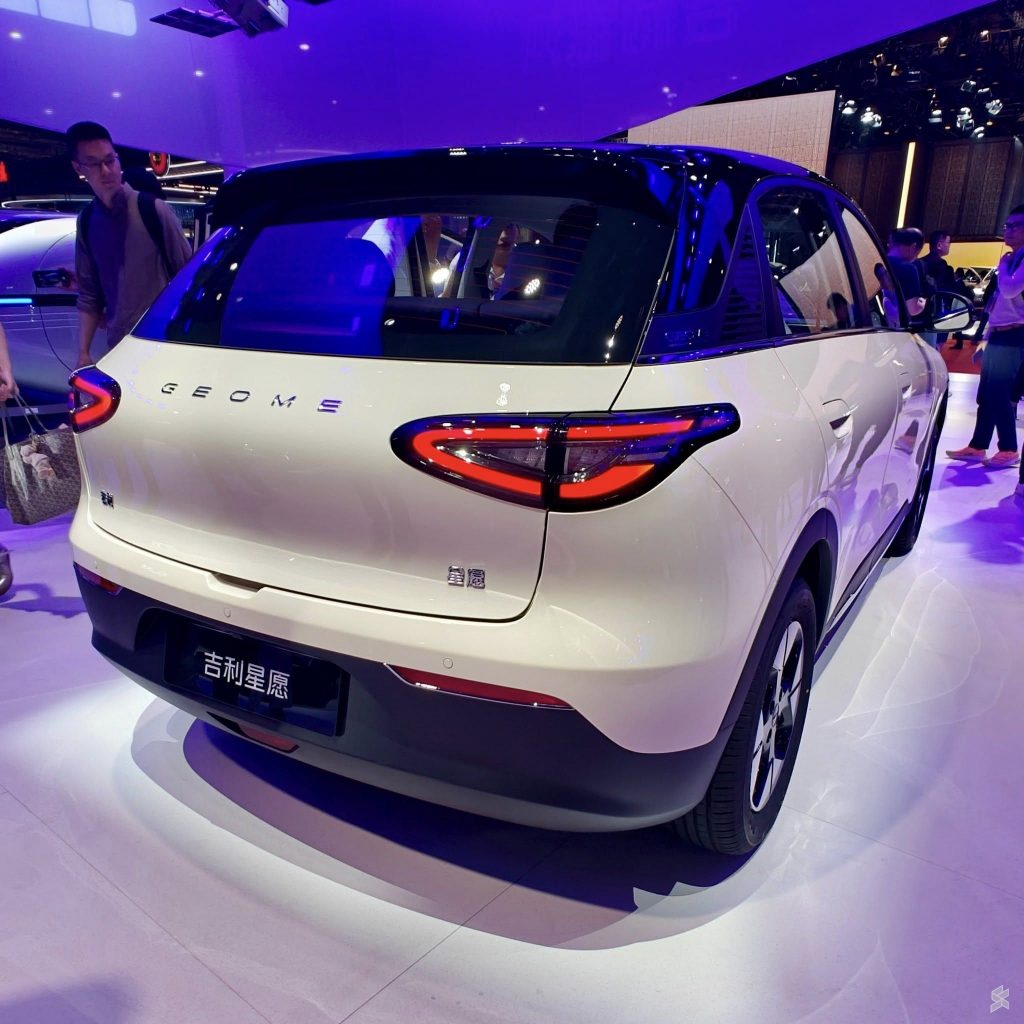
Think of Geome (a contraction of Geometry) as Geely’s answer to practical, affordable electrification—something like the spiritual successor to what the Saga was in the ’80s. Geome brief is simple, design EVs with affordability in mind, no flashy light bar or an exterior that looks at home in a sci-fi movie set. It’s part of Geely’s push to make EVs accessible without compromising usability, practicality, quality and functionality.
The Xingyuan has already made waves in China, becoming the top-selling electric sedan/hatchback with over 28,000 units sold in January 2025 alone, overtaking the BYD Dolphin and Wuling Bingo. By February, Geely had already celebrated its 100,000th unit milestone.
Proton has a solid base to work with. It’s an open secret that Xingyuan will the e.MAS 5, — this is a product with traction, and proven performance. Add to that Proton has a wealth of data and experience from launching the e.MAS 7, and judging by the 4-month streak they’ve learned a lot and they’ve learned fast.
The question is…it is a fluke? The Proton e.MAS 5 has it all to prove.
Interior Space: Small Footprint, Big Cabin

From the outside, the Xingyuan plays it safe—no attention-seeking lightbars or fancy aero wheels here. It won’t turn heads nor will it frown a brow and to many, that’s a good thing.
Step inside and you’re greeted with that familiar EV benefit, a practical interior with lots of space. The 2,650mm wheelbase is longer than what you’ll find in a Toyota Vios, Honda City, and even the Honda HR-V. It’s like someone shrunk an MPV and called it a hatchback.
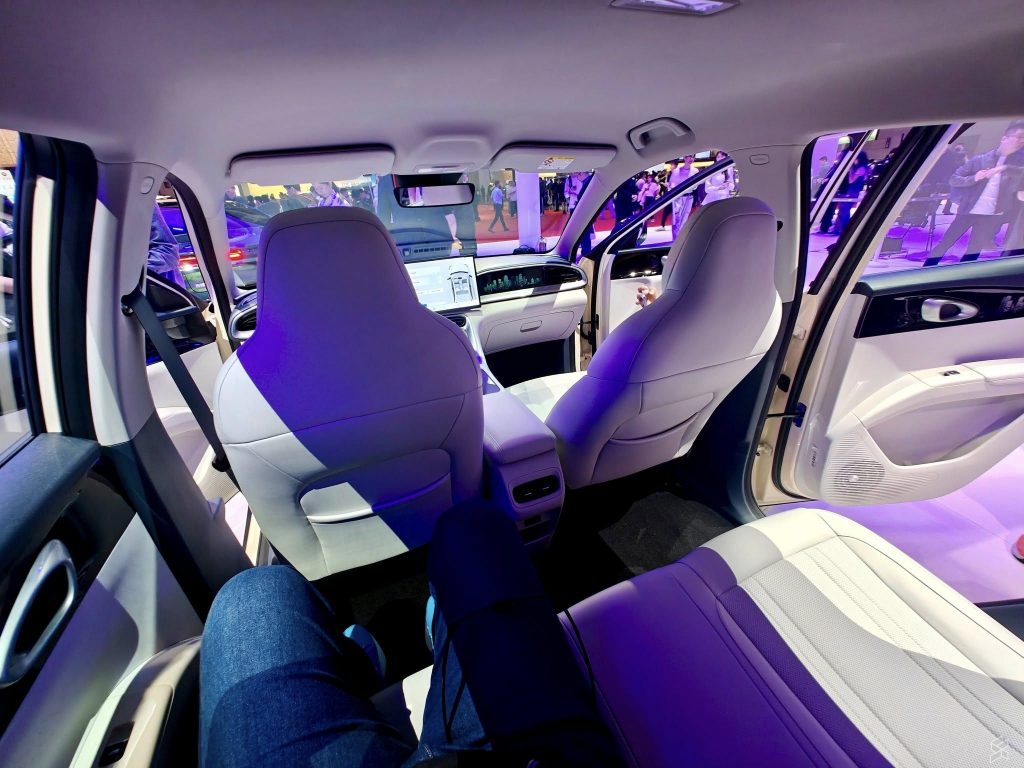
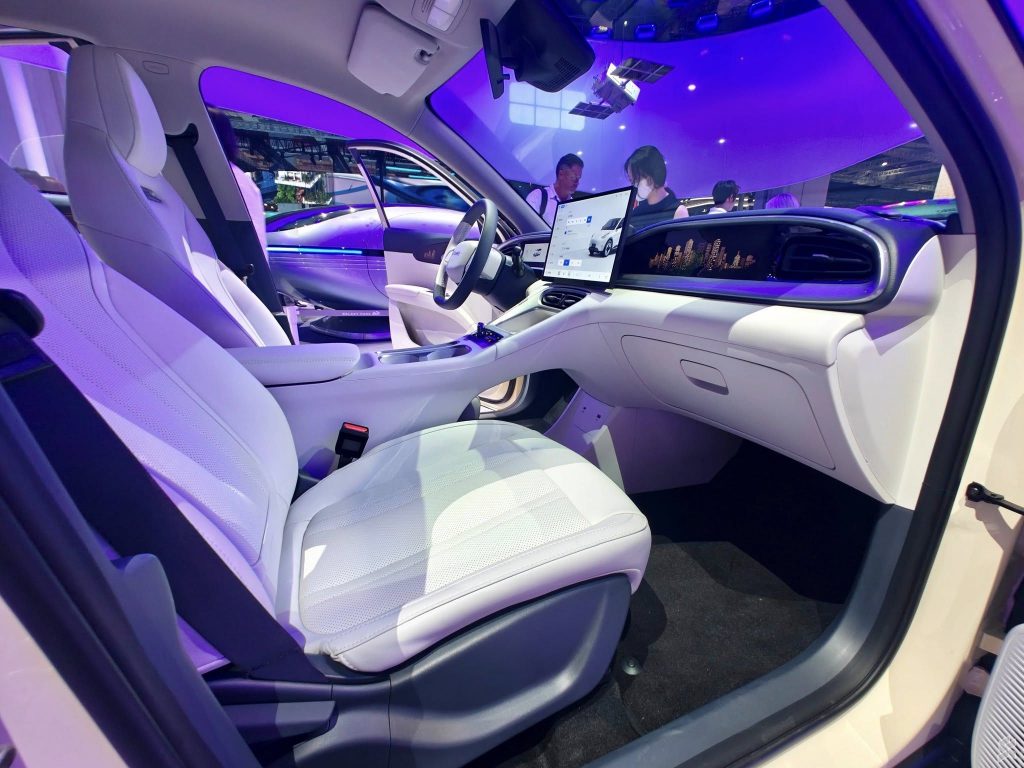
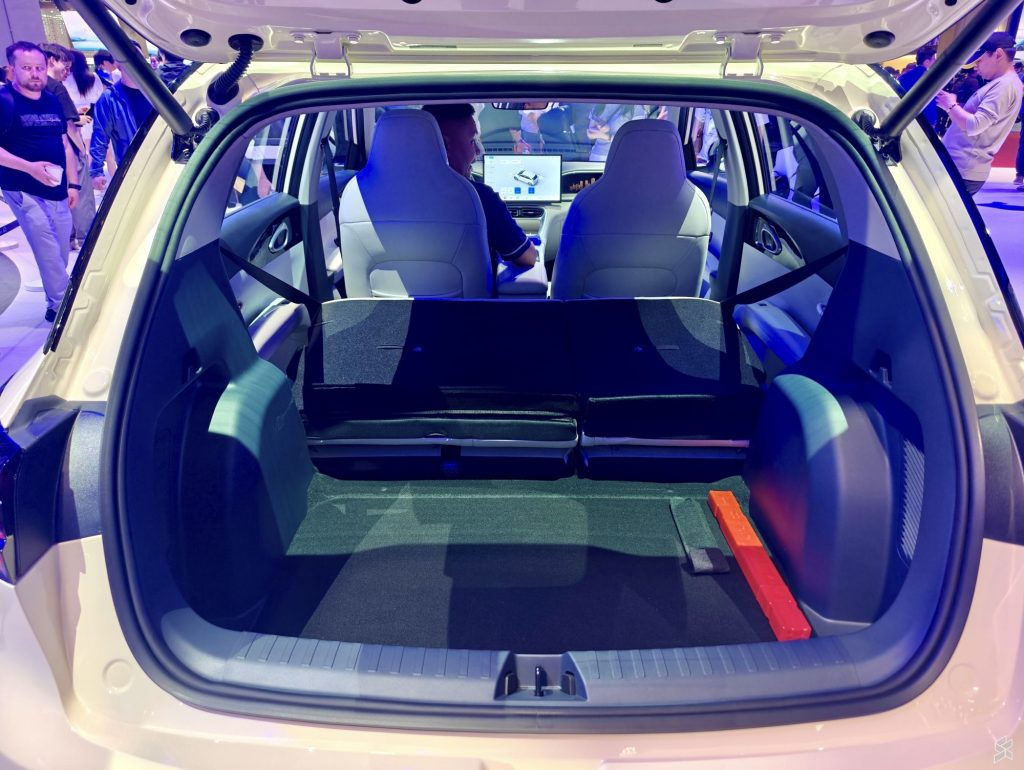
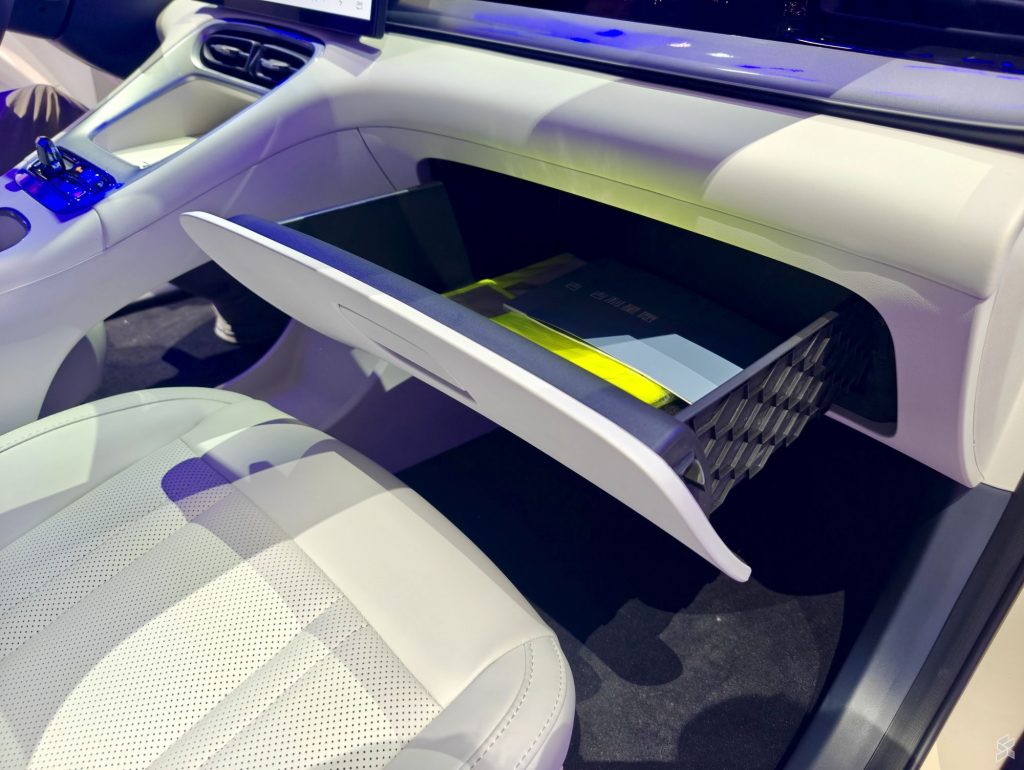
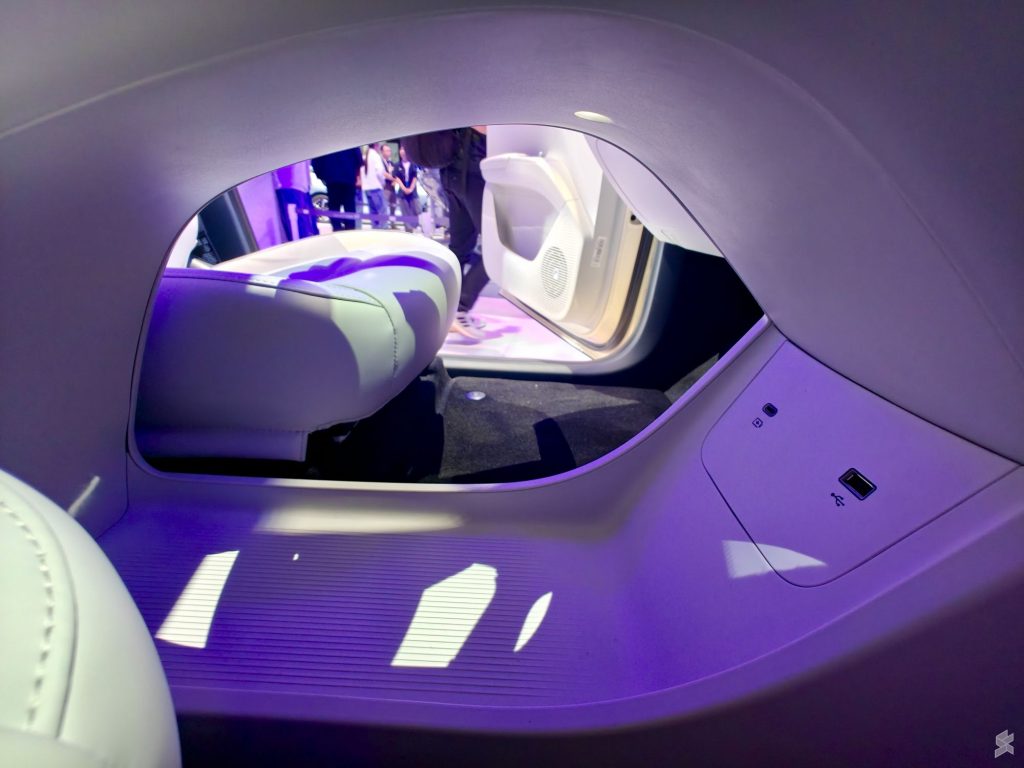
Highlights:
- 375L rear boot, expandable to 1,320L with seats down
- 70L frunk with a 25kg limit (great for groceries, laptops or… durian)
- 20L centre console, 10L dash drawer, and a rear under-seat storage bin
Tech-wise:
- 14.6” infotainment touchscreen with Flyme OS
- 10.25” digital instrument cluster
Performance & Charging: Built for Everyday Driving

Expect two trims based on what I’ve seen in China:
- Base variant: 30.1kWh LFP battery
- Range: ~280km (WLTP)
- Output: 78hp, 130Nm
- Premium variant: 40.2kWh LFP battery
- Range: ~380km (WLTP)
- Output: 114hp, 150Nm
In terms of charging, the e.MAS 7 set the benchmark with 11kW AC charging, which is best in class. I’d love to see that carried over to the e.MAS 5—but if I’m being realistic, 7kW AC seems more likely. That’s not a deal-breaker: most AC charging happens overnight at home or while parked for hours at malls or office lots anyway.
The one spec I do wish Proton would bump up is DC charging. At 80kW, it’s decent, but 100kW would have been the sweet spot—especially for road trips or quick top-ups.
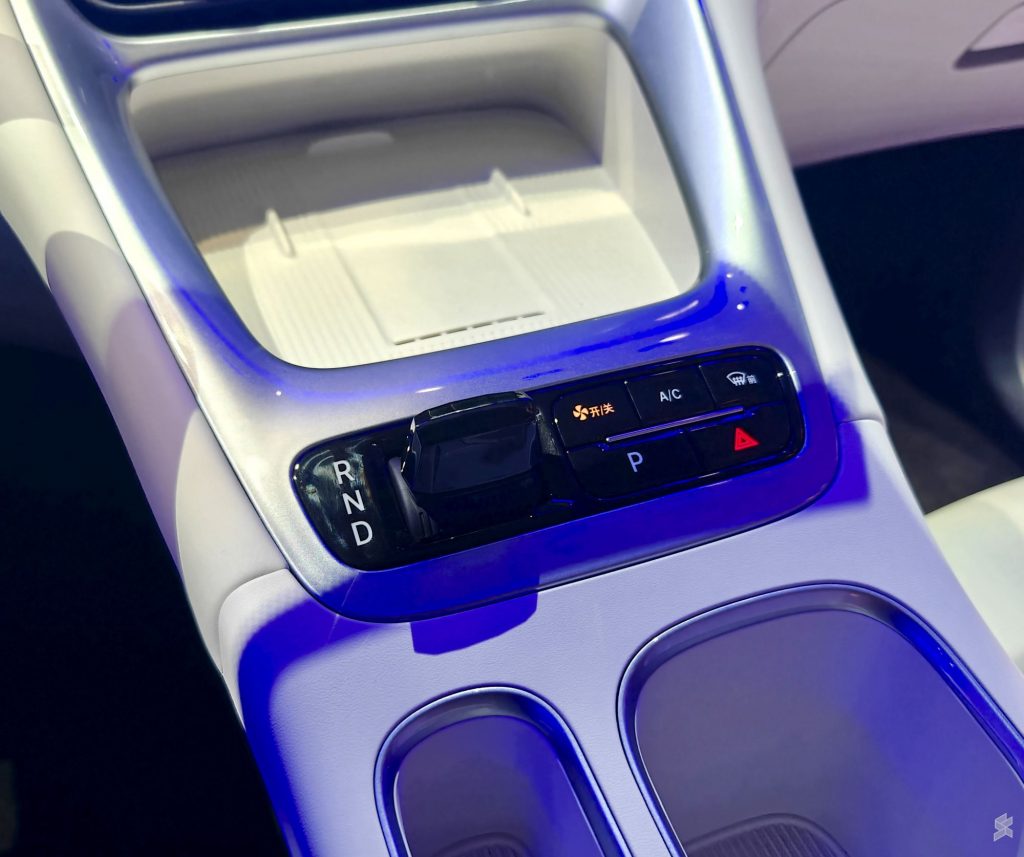
Underneath, both variants are rear-wheel drive with a top speed of (wait for it) 135km/h. While that won’t outrun your friend’s Myvi down the PLUS Highway, what will be more appreciable especially in terms of comfort here is the Xingyuan’s independent multi-link rear suspension. It is a rarity at this price point, most cars below RM100k make do with a torsion beam and a prayer.
Xingyuan is built on Geely’s GEA (Global Intelligent New Energy Architecture) platform, it’s the same platform that underpins the e.MAS 7.
I’ve driven Xingyuan in China, and it really does feel like an e.MAS 7 in a hatchback body. The ride is comfortable, pliant, and predictable—traits that matter more to the daily commuter than 0–100km/h times. The roomy cabin and well-appointed interior make it a genuinely pleasant place to spend time in especially when you’re stuck in traffic.
How It Stacks Up (RM80k–RM110k Range)

The Local Advantage: Proton’s Edge
The e.MAS 5 isn’t just a Geely model with a different logo. Proton’s value-add goes beyond rebadging. With the e.MAS 7, Proton has proven it’s serious about building a local EV ecosystem.
- Integrated app support for over 90% of public charging networks
- Teh tarik sessions to gather real-world feedback from owners
- Software updates tailored to local conditions with updates based on local customer feedback
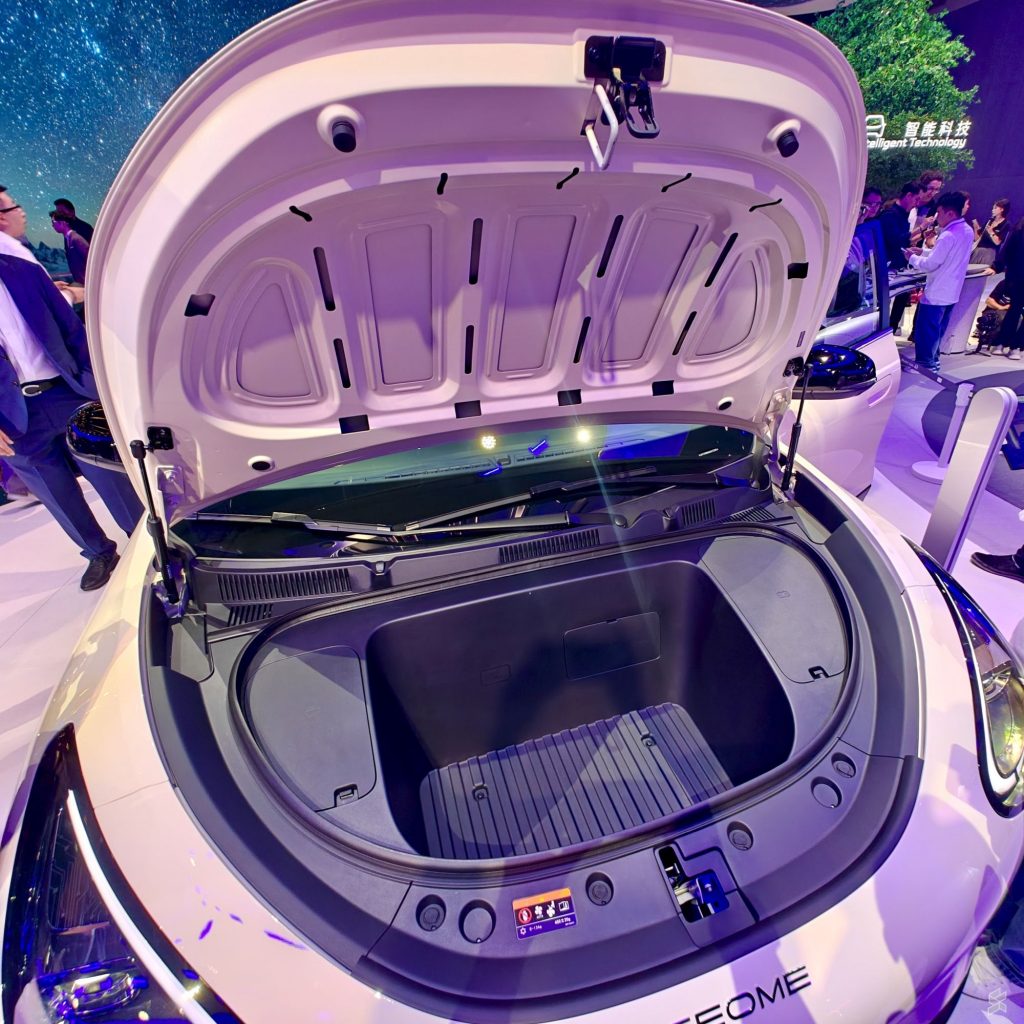
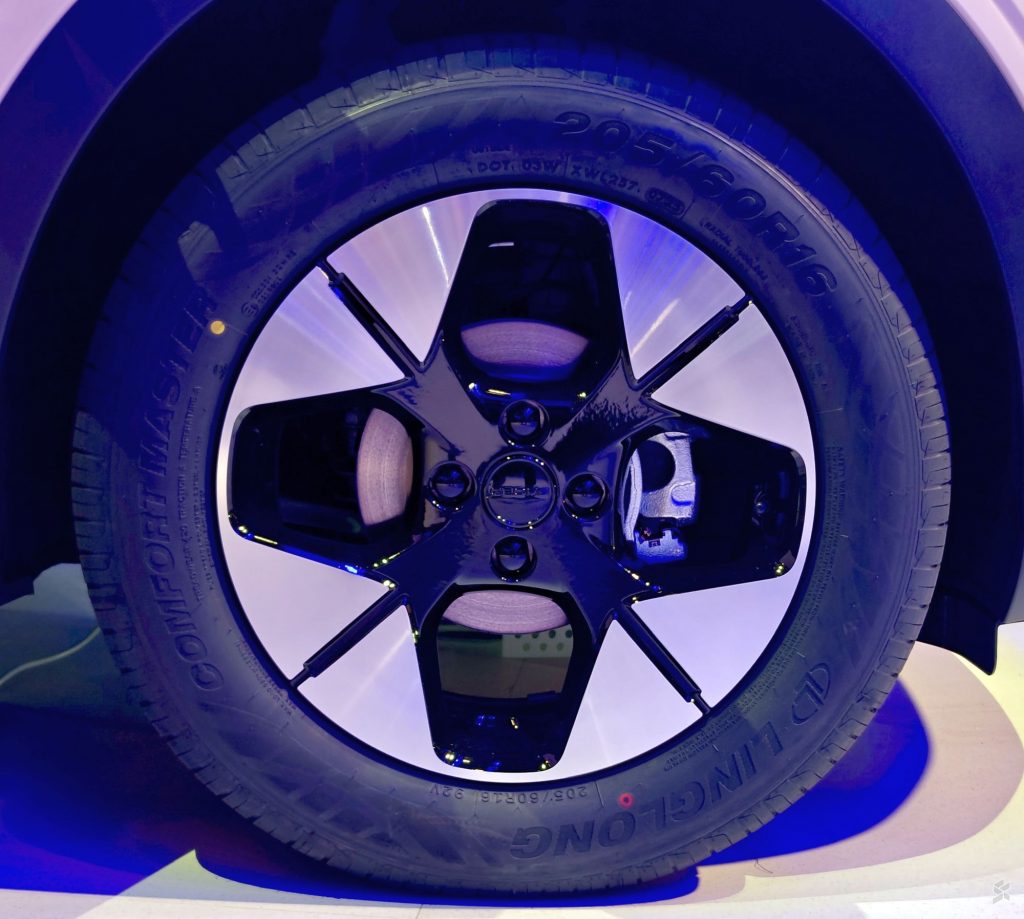
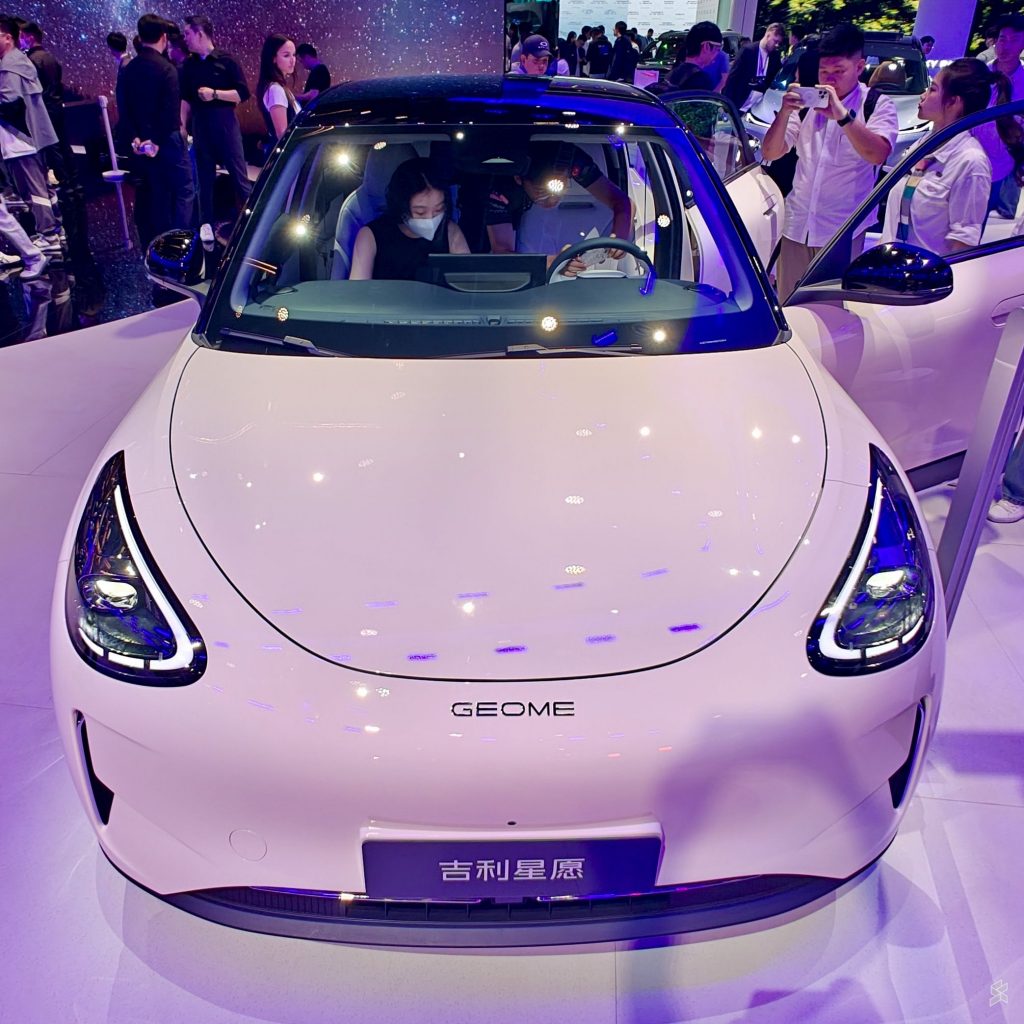
These are unique perks that Proton e.MAS customers enjoy that I have to say, is not available for any other EV brand in Malaysia. That kind of community engagement and infrastructure support makes a huge difference—especially for first-time EV buyers.
Although the e.MAS 5 will start as a CBU (imported) model, Proton’s EV plant is on track to begin CKD (local assembly) operations by the end of this year.
What Might Hold It Back?
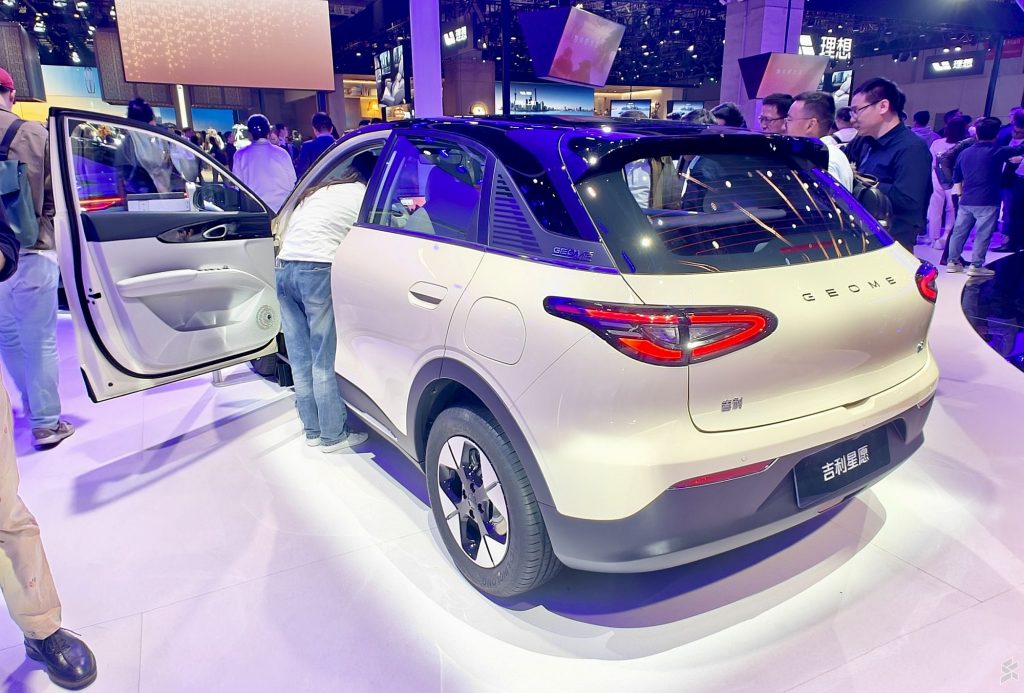
- No panoramic sunroof (I know that Malaysian weather can be unbearable sometimes and I’ve been told that a panoramic sunroof is, oddly, not a feature that many Malaysians want but it’s something I like to have in my car and the Dolphin has it)
- Entry variant’s ~280km WLTP range might deter some prospects.
Will Perodua Respond?
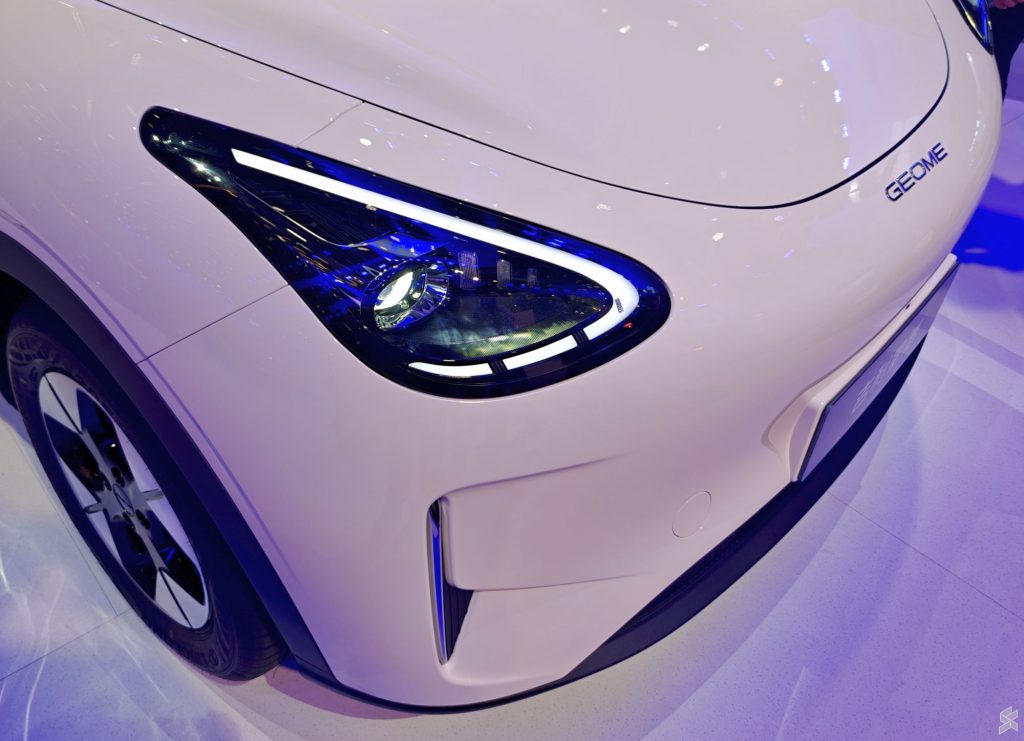
All signs point to yes. Recently, there were sightings of their first EV heavily clad in eye-tricking camouflage to hide the shape of the car. It’s not a coincidence that the sightings happen to be very close to the Malaysian Autoshow which could indicate that Perodua may be ready to show the pre-production version of its EV during that event.
Even more interesting, Proton may also display the e.MAS 5 at the autoshow, so there’s definitely plenty to see this year. But for now, Perodua’s EV remains a sketch and a promise. If Proton gets this out the door first, they’ll have months of market dominance.
In fact, this mirrors Malaysia’s original automotive showdown. Just like the Saga beat the Kancil to the market in the ’80s, the e.MAS 5 may very well beat Perodua’s first EV to the starting line.
The way I see it: The EV that might just start a movement
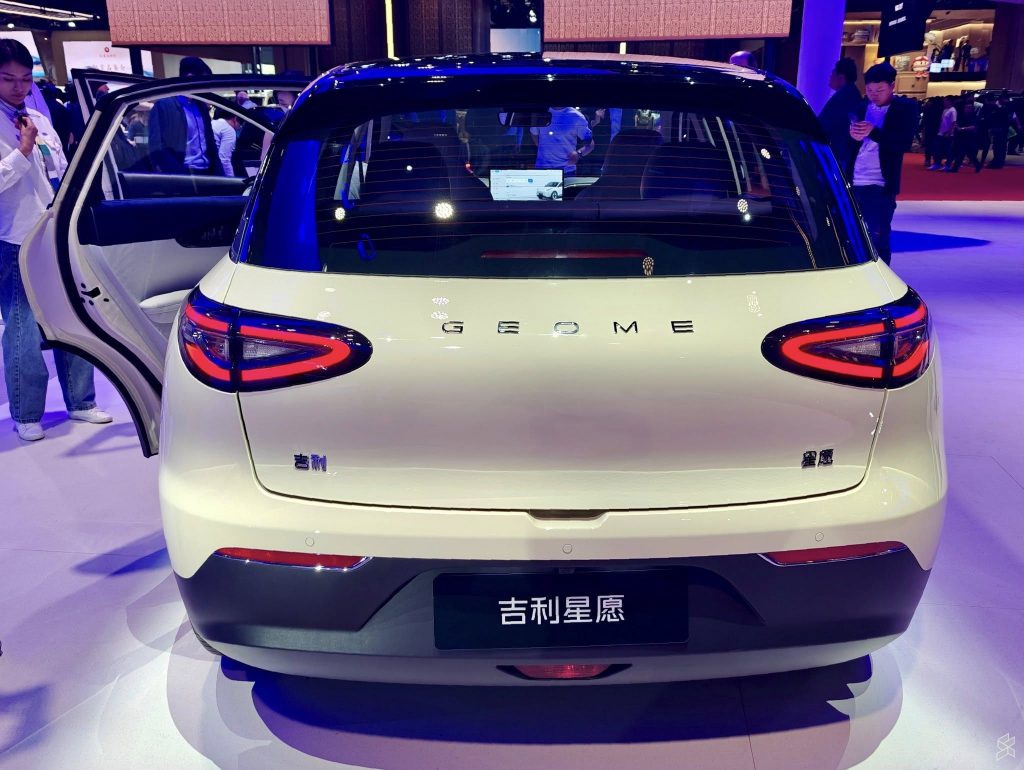
Two years ago, the idea of getting a fully electric, spacious, feature-packed hatchback under RM90k would’ve sounded delusional. Now? It’s happening this year.
The e.MAS 5, could hit a sweet spot in Malaysia’s EV journey. It’s not about premium tech—it’s about reliable, affordable, practical EVs that are built for everyday use.
With Proton’s in-house support, growing infrastructure, and the value proposition the Geome Xingyuan brings, the e.MAS 5 could very well be the car that breaks EVs into the Malaysian mainstream.
With the average new car purchase in Malaysia hovering around RM50k to RM80k, Proton could be replicating the magic of the first Saga—making automotive technology accessible to the masses.
Only this time, it’s got V2L, camp mode, OTA updates and a frunk. How’s that for progress?
